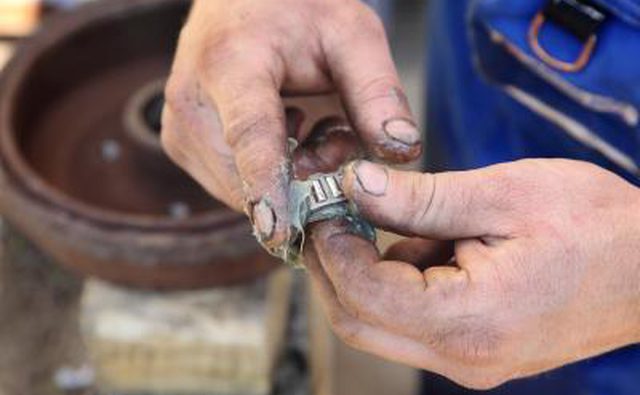
Bearing torque is the moment required to overcome internal friction to start or maintain rotation of one ring while the other is stationary.
Torque or friction generally increases when:
- Bearing size is increased because a larger ball and retainer must be moved.
- Load is increased because of greater deformation and resistance to rolling motion.
- Speed is increased because of increased lubricant drag.
Lubrication type is a critical torque factor. Oil-lubricated bearings generally have lower low-speed torque than grease-lubricated bearings. However, grease-lubricated ones may have lower torque at high speeds, particularly if a channeling grease is used. High-viscosity oils have a higher torque than low-viscosity ones.
Bearing design also influences torque. Lightweight metal and molded plastic retainers have the least torque for low and moderate speeds. Phenolic and sintered nylon retainers have lower torque at high speed. Very low contact-angle or radial-play values show high torque because inherent geometrical errors in the bearing raceway and balls cause erratic variation in stress and, hence, friction level. Very-high contact angles have higher torque levels because of the sliding motion in the ball-to-race contact area.
Torque-test levels vary from manufacturer to manufacturer, and even lot-to-lot for one manufacturer. There are three types of bearing torque ratings, all based on testing under light loads with oil lubrication.
Starting torque: Restraining torque that must be overcome to start rotation of one ring of the bearing while the other remains stationary. Useful for applications involving oscillation, such as in synchros or gyro gimbals.
Average running torque: Mean torque encountered during slow-speed rotation on the running-torque tester. Useful where rotation is continuous 犀利士 and sudden fluctuations can be ignored, such as in servomotors or gear trains.
Peak running torque: Maximum torque encountered during slow-speed rotation on the running-torque tester. Peak running torque values are difficult to correlate to operating conditions. However, they do provide a measure of quality and consistency for a group of bearings.